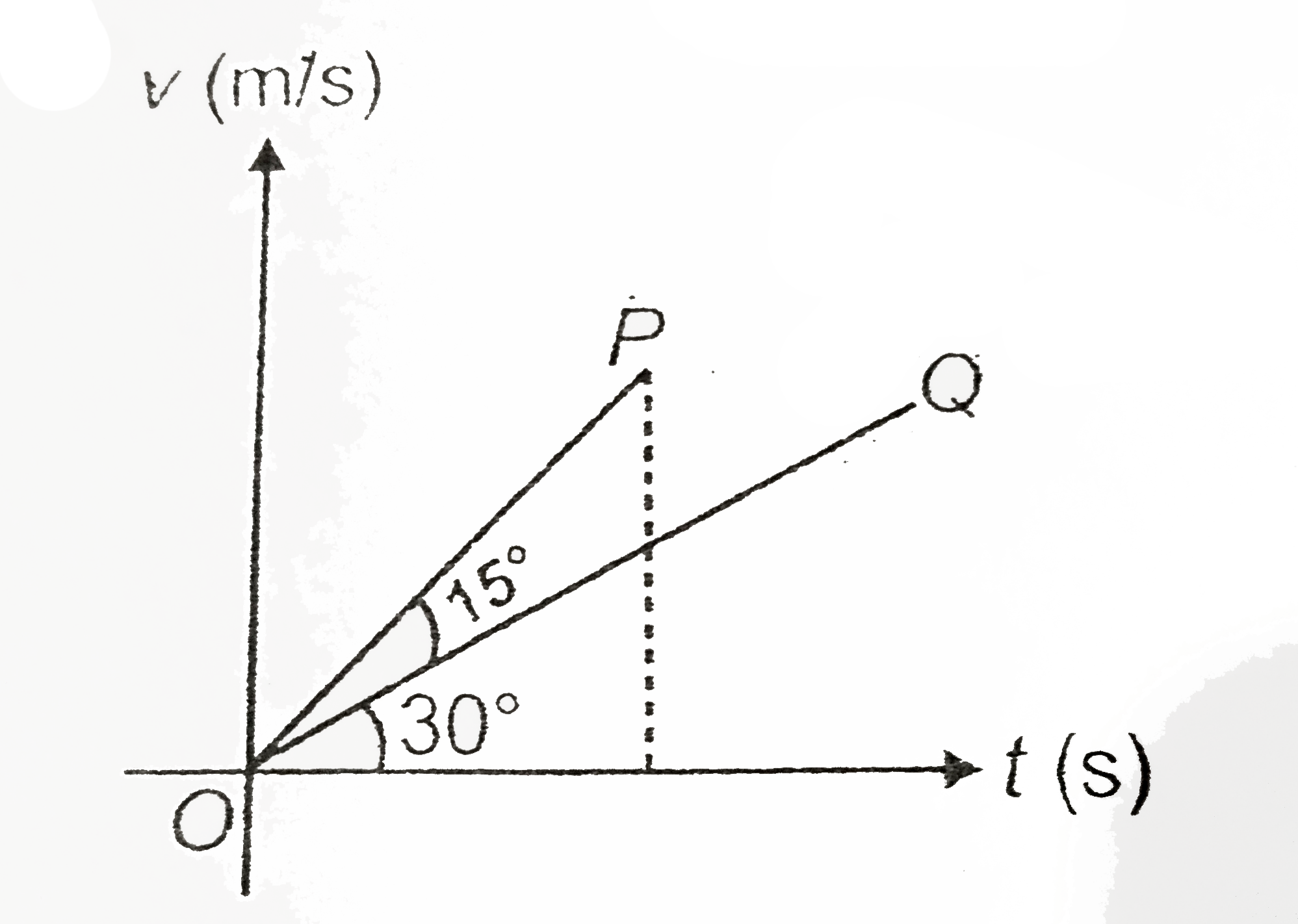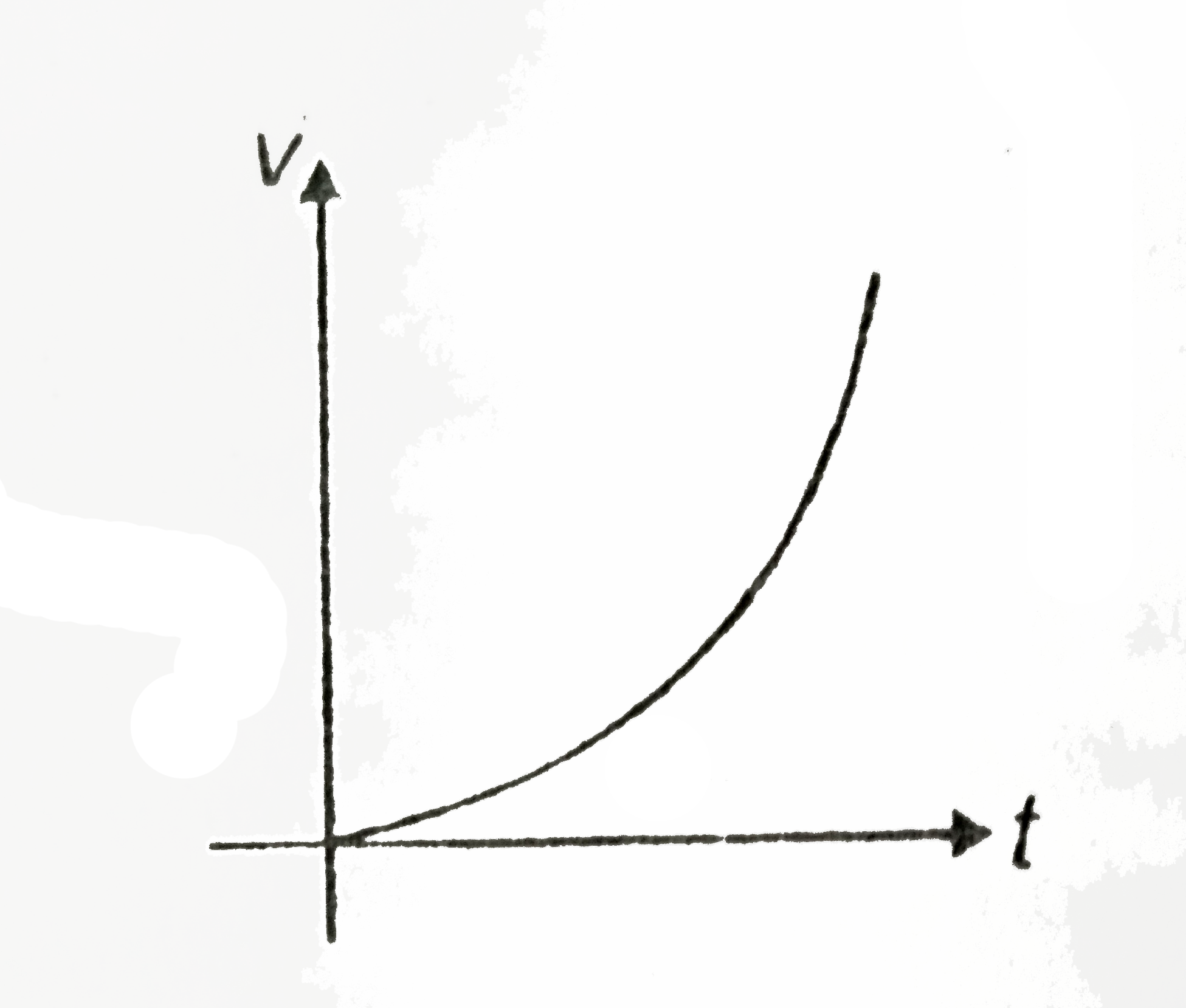Draw graphs to show the dependence of acceleration on force for a constant mass.
To draw graphs that show the dependence of acceleration on force for a constant mass, we can follow these steps:
Step 1: Understand the Relationship
We start with Newton's second law of motion, which states that force (F) is equal to mass (m) times acceleration (a):
F=ma
Since the mass (m) is constant, we can rearrange this equation to express acceleration in terms of force:
a=Fm
Step 2: Identify the Proportionality
From the equation a=Fm, we can see that acceleration (a) is directly proportional to force (F) when mass (m) is constant. This means that if we increase the force, the acceleration will also increase, and if we decrease the force, the acceleration will decrease.
Step 3: Determine Values for the Graph
To create a graph, we can choose a constant mass value (e.g., m = 2 kg) and calculate acceleration for various force values. For example:
- If F=0 N, then a=02=0 m/s²
- If F=2 N, then a=22=1 m/s²
- If F=4 N, then a=42=2 m/s²
- If F=6 N, then a=62=3 m/s²
- If F=8 N, then a=82=4 m/s²
Step 4: Plot the Points
Now, we can plot these points on a graph:
- X-axis: Force (F) in Newtons (N)
- Y-axis: Acceleration (a) in m/s²
The points we will plot are:
- (0, 0)
- (2, 1)
- (4, 2)
- (6, 3)
- (8, 4)
Step 5: Draw the Graph
After plotting the points, we can draw a straight line through them. Since acceleration is directly proportional to force, this line will pass through the origin (0,0) and will have a positive slope.
Final Graph
The graph will be a straight line starting from the origin (0,0) and rising to the right, indicating that as force increases, acceleration also increases.
We start with Newton's second law of motion, which states that force (F) is equal to mass (m) times acceleration (a):
F=ma
Since the mass (m) is constant, we can rearrange this equation to express acceleration in terms of force:
a=Fm
From the equation a=Fm, we can see that acceleration (a) is directly proportional to force (F) when mass (m) is constant. This means that if we increase the force, the acceleration will also increase, and if we decrease the force, the acceleration will decrease.
To create a graph, we can choose a constant mass value (e.g., m = 2 kg) and calculate acceleration for various force values. For example:
- If F=0 N, then a=02=0 m/s²
- If F=2 N, then a=22=1 m/s²
- If F=4 N, then a=42=2 m/s²
- If F=6 N, then a=62=3 m/s²
- If F=8 N, then a=82=4 m/s²
Now, we can plot these points on a graph:
- X-axis: Force (F) in Newtons (N)
- Y-axis: Acceleration (a) in m/s²
- (0, 0)
- (2, 1)
- (4, 2)
- (6, 3)
- (8, 4)
After plotting the points, we can draw a straight line through them. Since acceleration is directly proportional to force, this line will pass through the origin (0,0) and will have a positive slope.
The graph will be a straight line starting from the origin (0,0) and rising to the right, indicating that as force increases, acceleration also increases.
Topper's Solved these Questions
- LAWS OF MOTIONBOOK - ICSECHAPTER - LAWS OF MOTIONEXERCISE - TOPIC 2 (3 Marks Questions )
11 Videos
- LAWS OF MOTIONBOOK - ICSECHAPTER - LAWS OF MOTIONEXERCISE - TOPIC 2 (4 Marks Questions )
34 Videos
- LAWS OF MOTIONBOOK - ICSECHAPTER - LAWS OF MOTIONEXERCISE - TOPIC 1 (4 Marks Questions )
1 Videos
- ICSE ANNUAL EXAMINATION -2020BOOK - ICSECHAPTER - ICSE ANNUAL EXAMINATION -2020EXERCISE - SECTION-II
45 Videos
- LIGHTBOOK - ICSECHAPTER - LIGHTEXERCISE - TOPIC 2 Spherical Mirrors (4 Marks Questions )
9 Videos
Similar Questions
Draw graphs to show the dependence of force on mass for a constant acceleration
View SolutionDraw graphs to show the dependence of force on mass for a constant acceleration .
View SolutionDraw a graph to show the deviation of real gas from Boyle's law.
View SolutionIn a uniform electric field, a point charge of mass m and charge q is released from rest. If there are no other forces acting on the particle, then which of the following graphs, correctly show the dependence of the particles speed v on the distance x travelled by the particles speed v on the distance x travelled by it? [Graphs are schmatic and not drawn to scale]
View SolutionGraphs are very useful to represent a physical situation. Various quantities can be easily represented on graphs and other quantites can be determined from the graph. For example the slope of velocity-time graph represents instantaneous acceleration. For a motion with constant acceleration slope of velocity-time graph is constant. If acceleration is changing with time, slope with change and thus velocity-time graph will be a non-linear curve. Further the area of velocity-time graph gives displacement.
The velocity-time graph for two objects P and Q are shown. The ratio of their respective acceleration is

View SolutionGraphs are very useful to represent a physical situation. Various quantities can be easily represented on graphs and other quantites can be determined from the graph. For example the slope of velocity-time graph represents instantaneous acceleration. For a motion with constant acceleration slope of velocity-time graph is constant. If acceleration is changing with time, slope will change and thus velocity-time graph will be a non-linear curve. Further the area of velocity-time graph gives displacement.
For the given velocity-time graph the possibly correct acceleration-time relationship is

View SolutionGraphs are very useful to represent a physical situation. Various quantities can be easily represented on graphs and other quantites can be determined from the graph. For example the slope of velocity-time graph represents instantaneous acceleration. For a motion with constant acceleration slope of velocity-time graph is constant. If acceleration is changing with time, slope with change and thus velocity-time graph will be a non-linear curve. Further the area of velocity-time graph gives displacement.
The average velocity of the car for the entire trip is
View SolutionGraphs are very useful to represent a physical situation. Various quantities can be easily represented on graphs and other quantites can be determined from the graph. For example the slope of velocity-time graph represents instantaneous acceleration. For a motion with constant acceleration slope of velocity-time graph is constant. If acceleration is changing with time, slope will change and thus velocity-time graph will be a non-linear curve. Further the area of velocity-time graph gives displacement.
The correct relation between v0,a1,a2andt0 is
View SolutionWhich of the following option correctly describes the variation of the speed and acceleration 'a' of a point mass falling vertically in a viscous medium that applies a force F=−kv, where 'k' is constant, on the body?
(Graphs are schematic and drawn to scale)
View SolutionDraw graphs to show the variation of amplitude with driving frequency of a forced harmonic oscillator under (i) zero damping, (ii) low damping and (iii) high damping
View Solution
